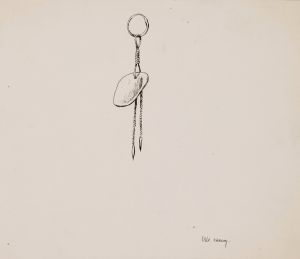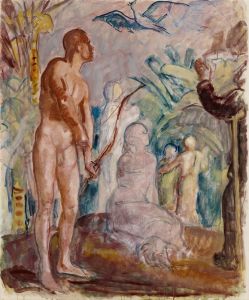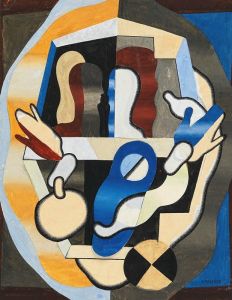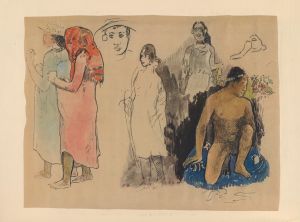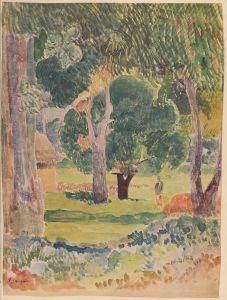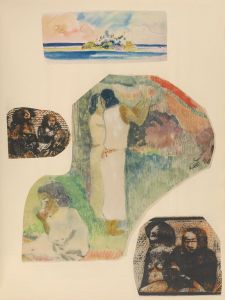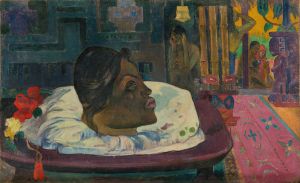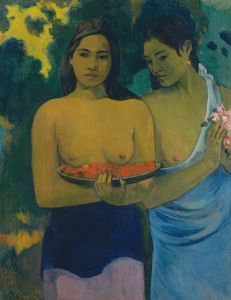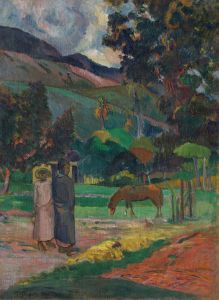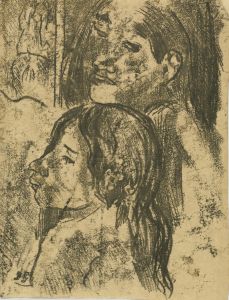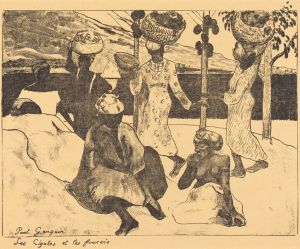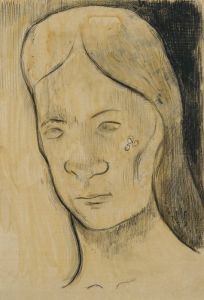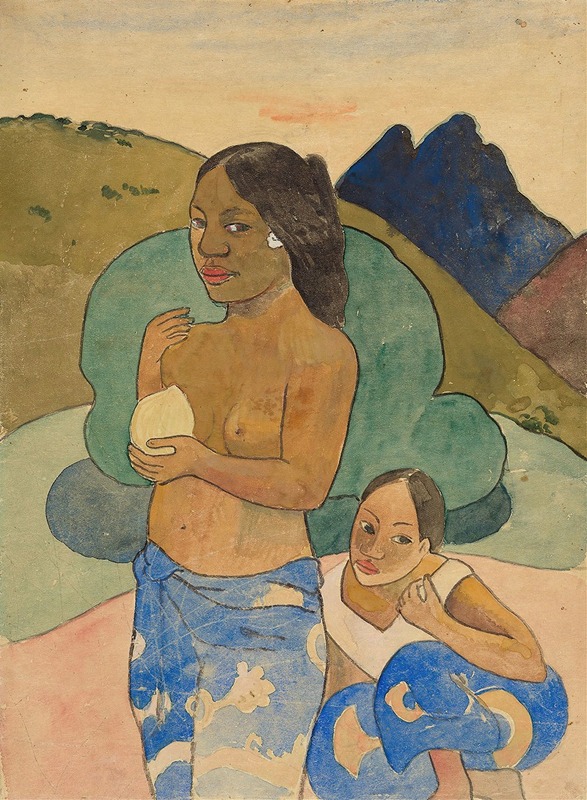
Two Tahitian Women in a Landscape
A hand-painted replica of Paul Gauguin’s masterpiece Two Tahitian Women in a Landscape, meticulously crafted by professional artists to capture the true essence of the original. Each piece is created with museum-quality canvas and rare mineral pigments, carefully painted by experienced artists with delicate brushstrokes and rich, layered colors to perfectly recreate the texture of the original artwork. Unlike machine-printed reproductions, this hand-painted version brings the painting to life, infused with the artist’s emotions and skill in every stroke. Whether for personal collection or home decoration, it instantly elevates the artistic atmosphere of any space.
Paul Gauguin's painting Two Tahitian Women in a Landscape is a work that reflects the artist's fascination with the culture and environment of Tahiti, where he lived during the later years of his life. Gauguin, a French Post-Impressionist painter, traveled to Tahiti in 1891, seeking an escape from European society and a deeper connection to what he perceived as a more "primitive" and unspoiled way of life. His time in Tahiti profoundly influenced his artistic style and subject matter, leading to the creation of numerous works that depicted the people, landscapes, and traditions of the island.
The painting portrays two Tahitian women in a natural setting, surrounded by lush vegetation. Gauguin's use of bold colors, simplified forms, and flattened perspective is characteristic of his style during this period. These stylistic choices were influenced by his desire to move away from the conventions of Western art and to create a more symbolic and expressive visual language. The women in the painting are depicted in traditional Tahitian attire, and their poses and expressions suggest a sense of calm and introspection. The landscape around them is rendered in vibrant hues, emphasizing the tropical environment and the connection between the figures and their surroundings.
Gauguin's works from his Tahitian period often explore themes of spirituality, nature, and the human condition. While Two Tahitian Women in a Landscape does not include overtly religious or mythological elements, it reflects the artist's interest in capturing the essence of Tahitian life and culture. The painting is also an example of Gauguin's tendency to idealize and romanticize his subjects, which has been a topic of discussion and critique among art historians.
The exact date of the painting's creation is not definitively documented, but it is generally attributed to Gauguin's first or second stay in Tahiti, between 1891 and 1893 or 1895 and 1901. Like many of Gauguin's works, this painting is held in high regard for its innovative approach to color and composition, as well as its role in the development of modern art.
The current location of Two Tahitian Women in a Landscape is not specified in available records, and further details about its provenance or exhibition history are not widely documented.





